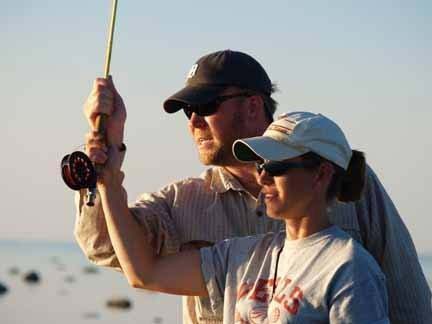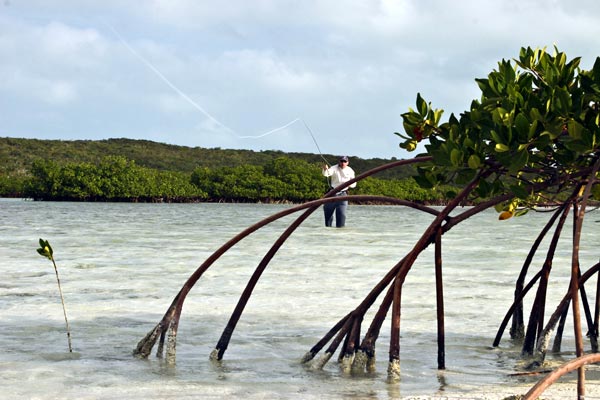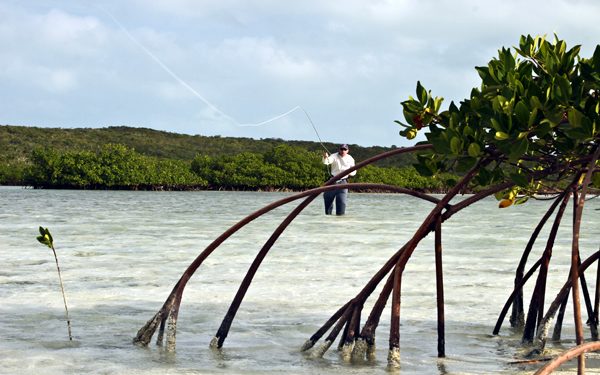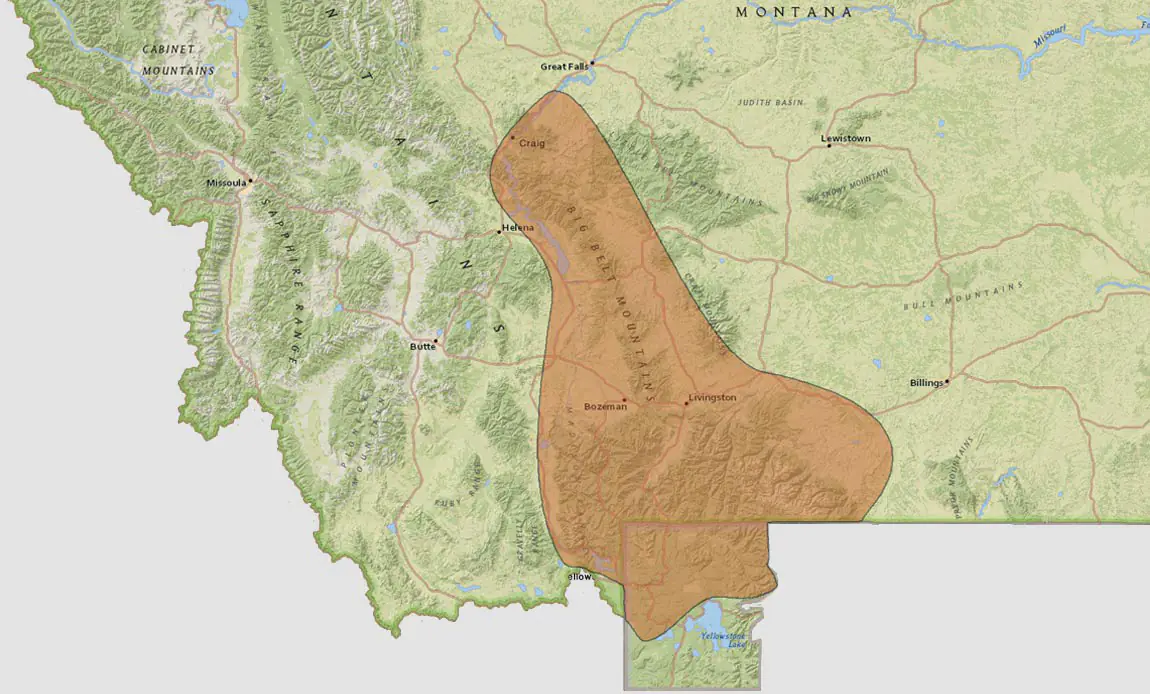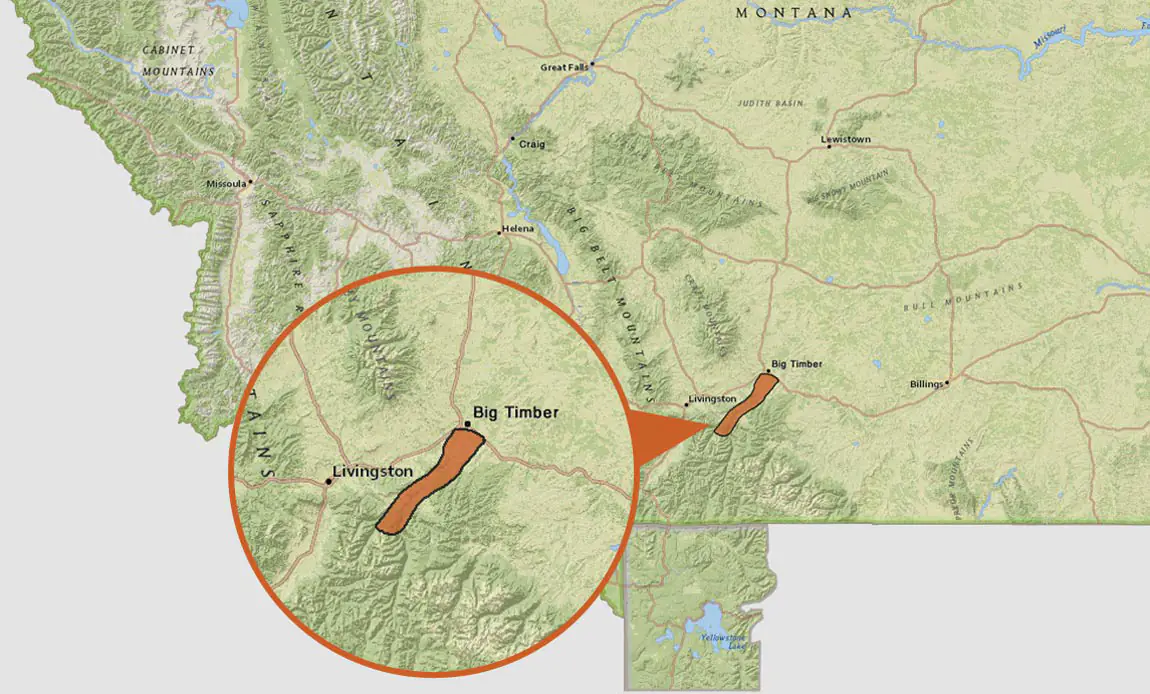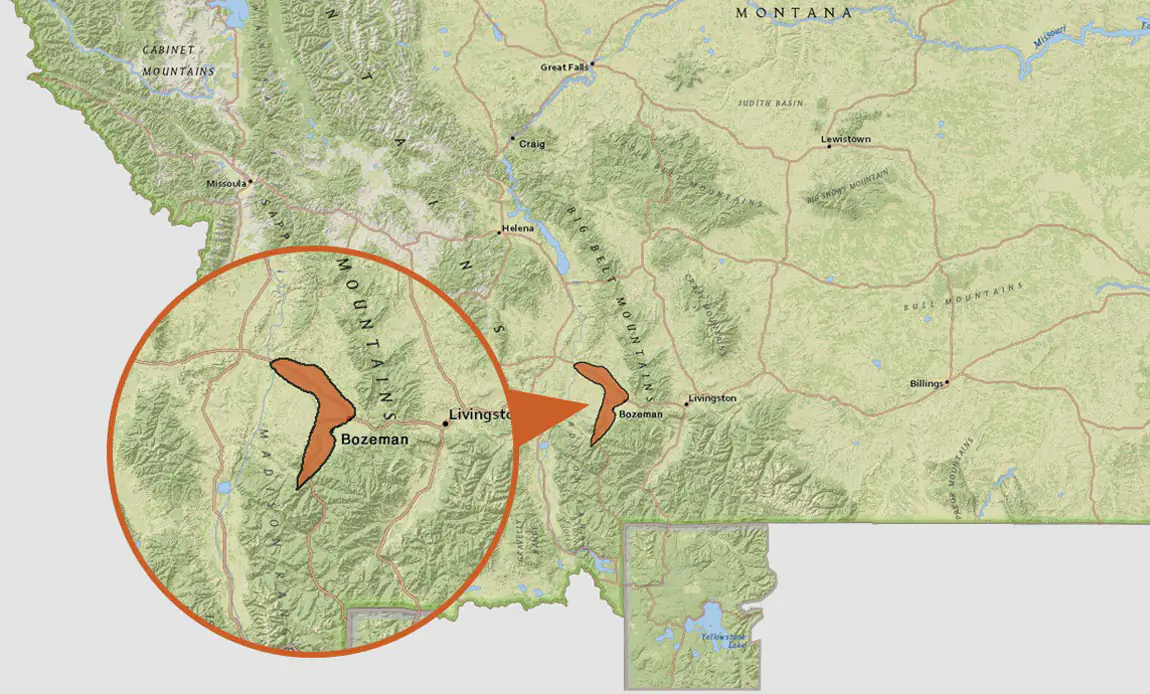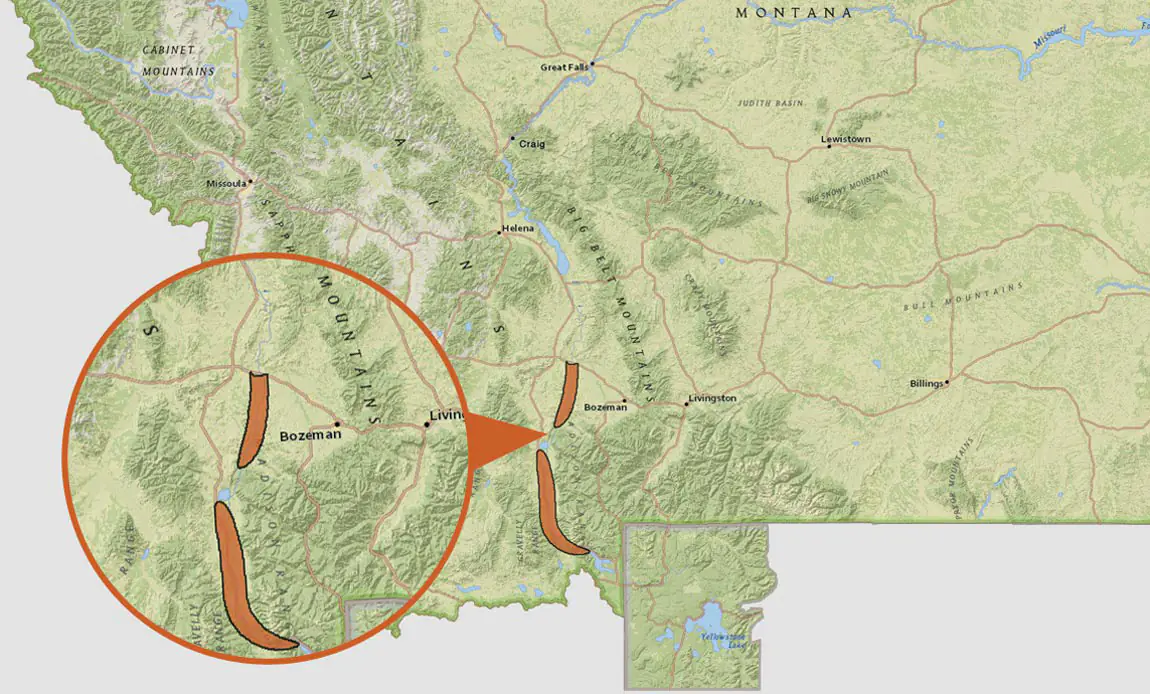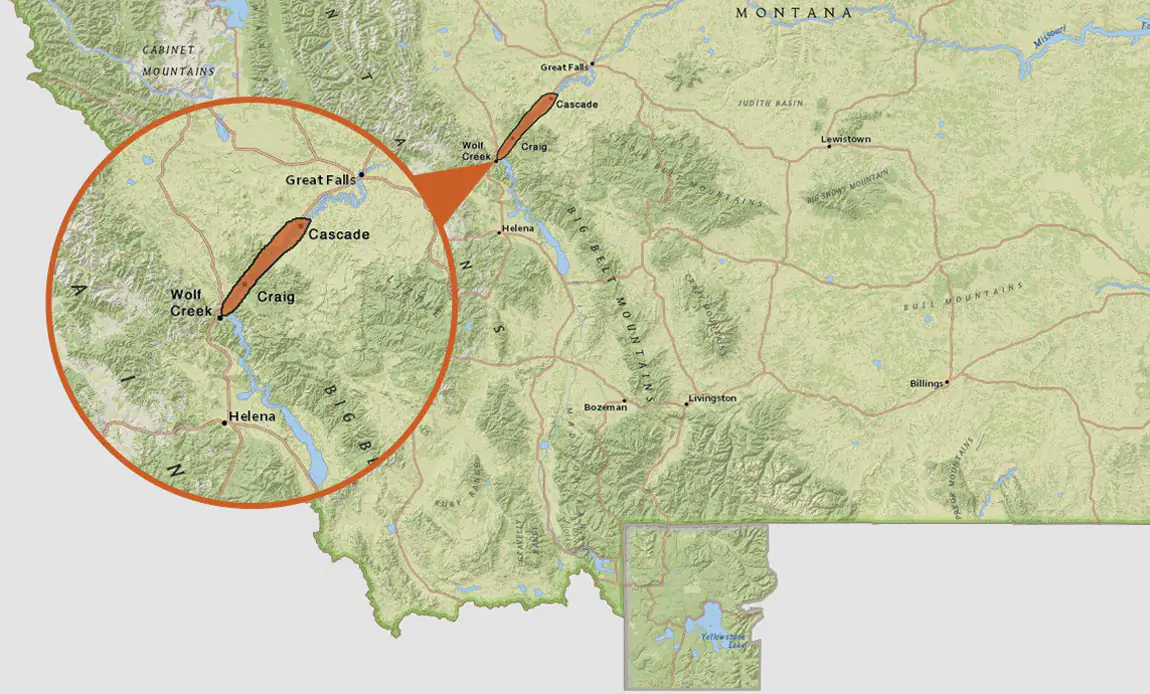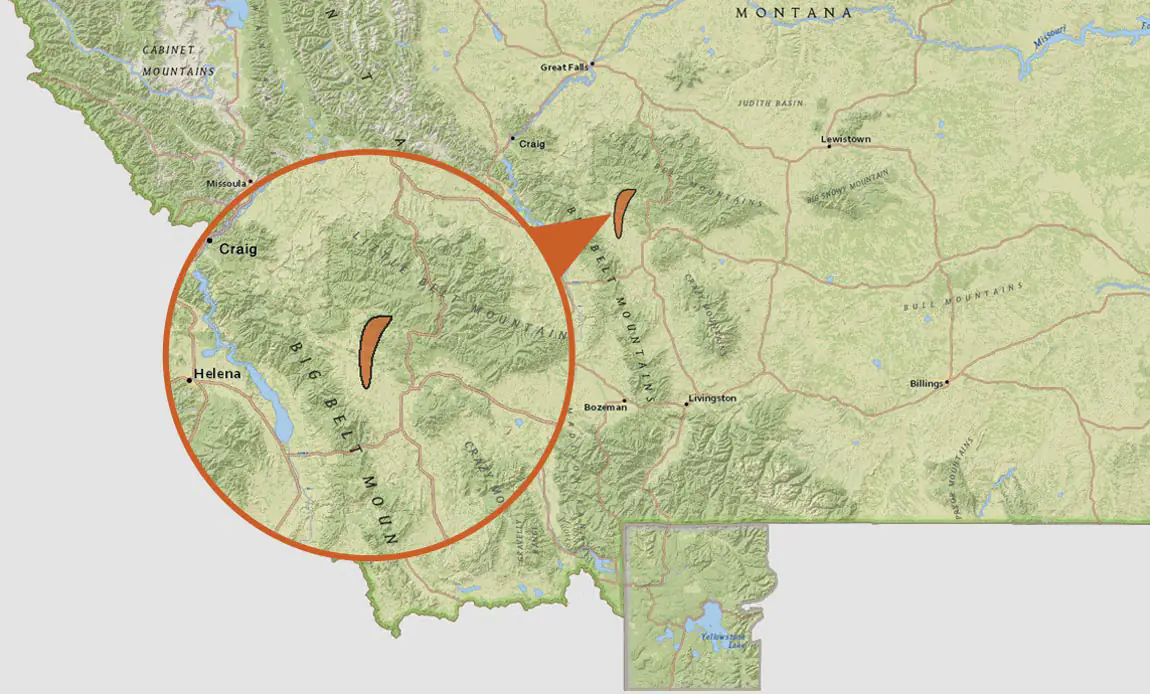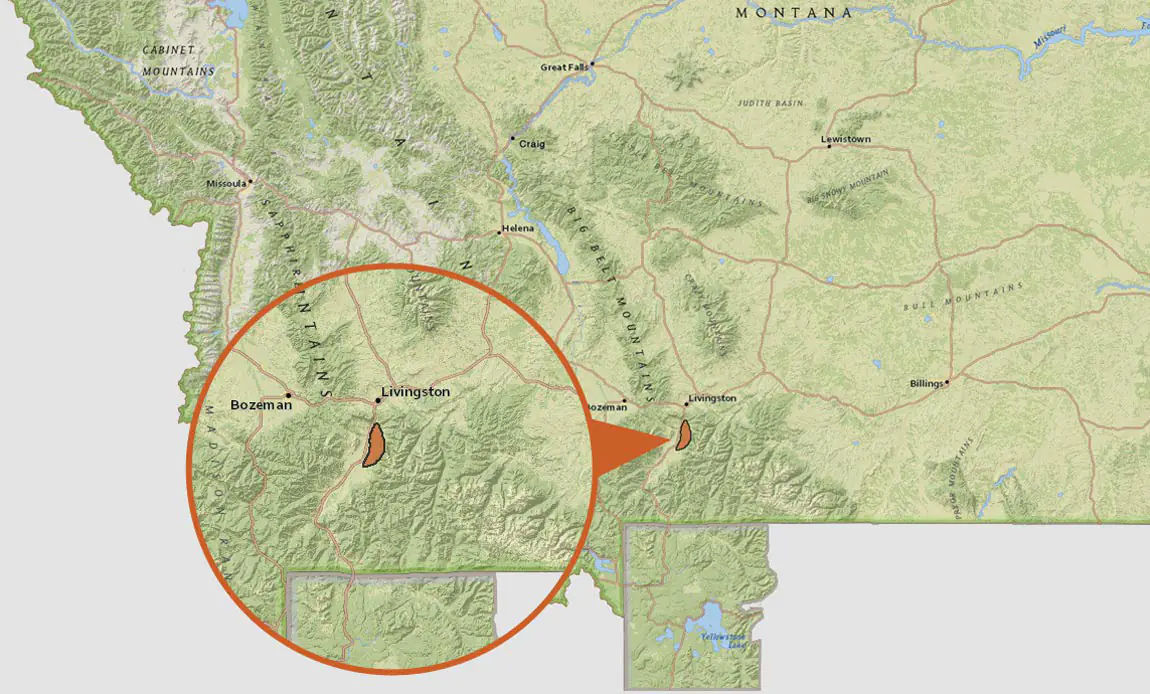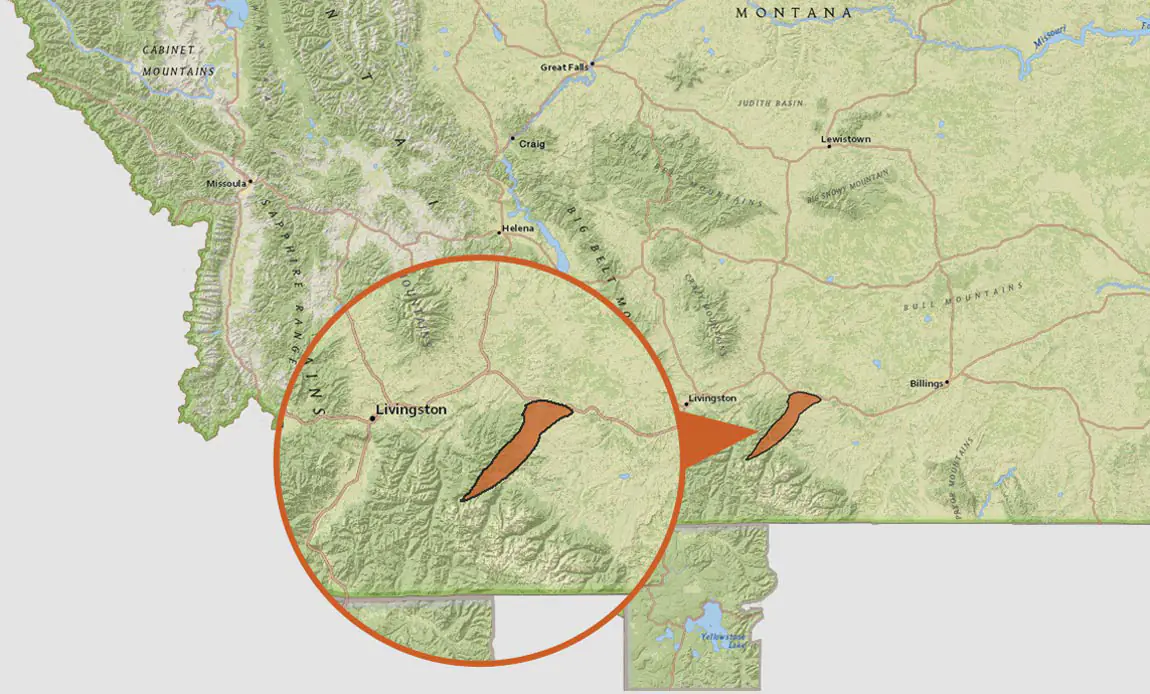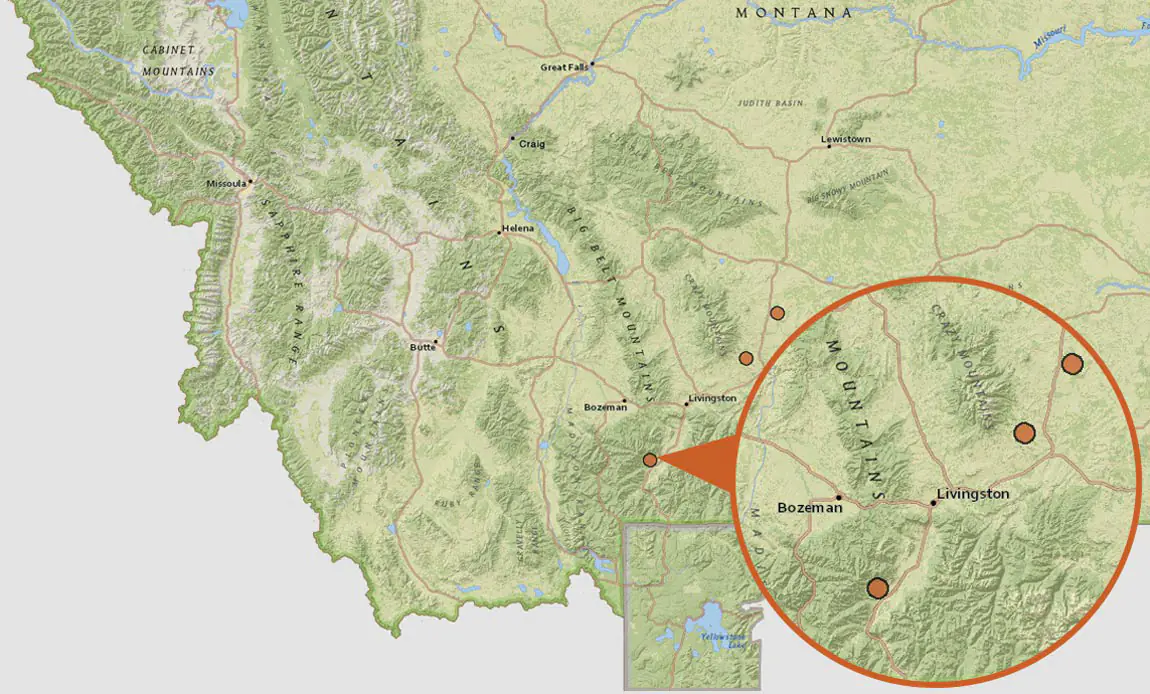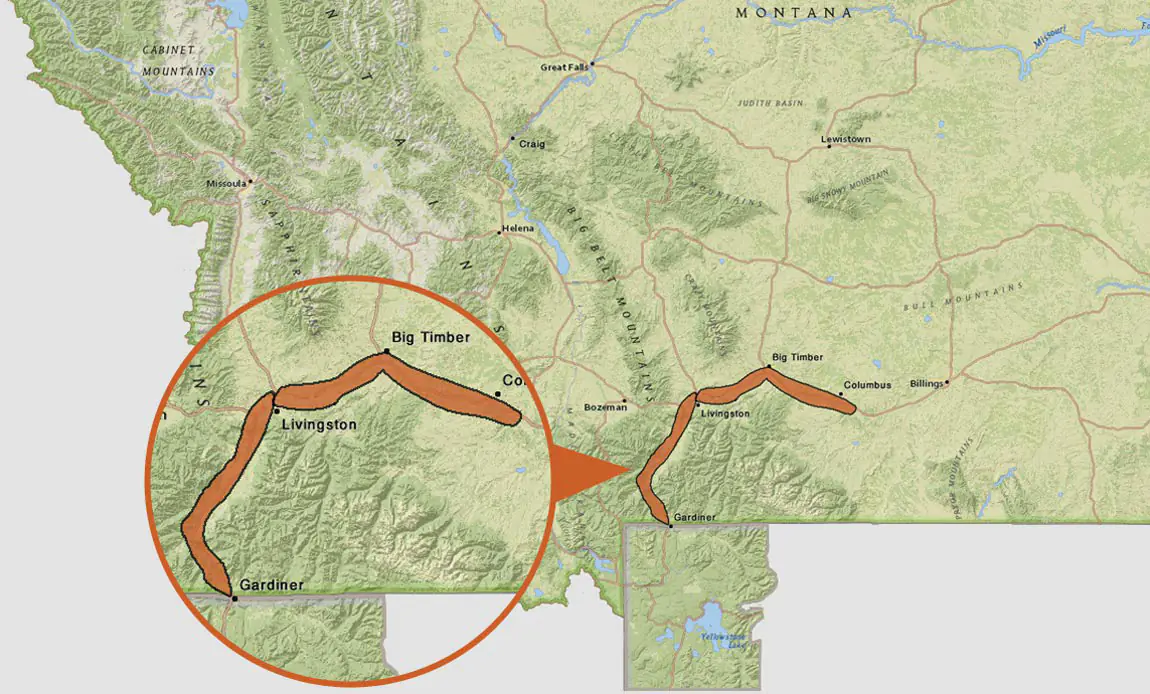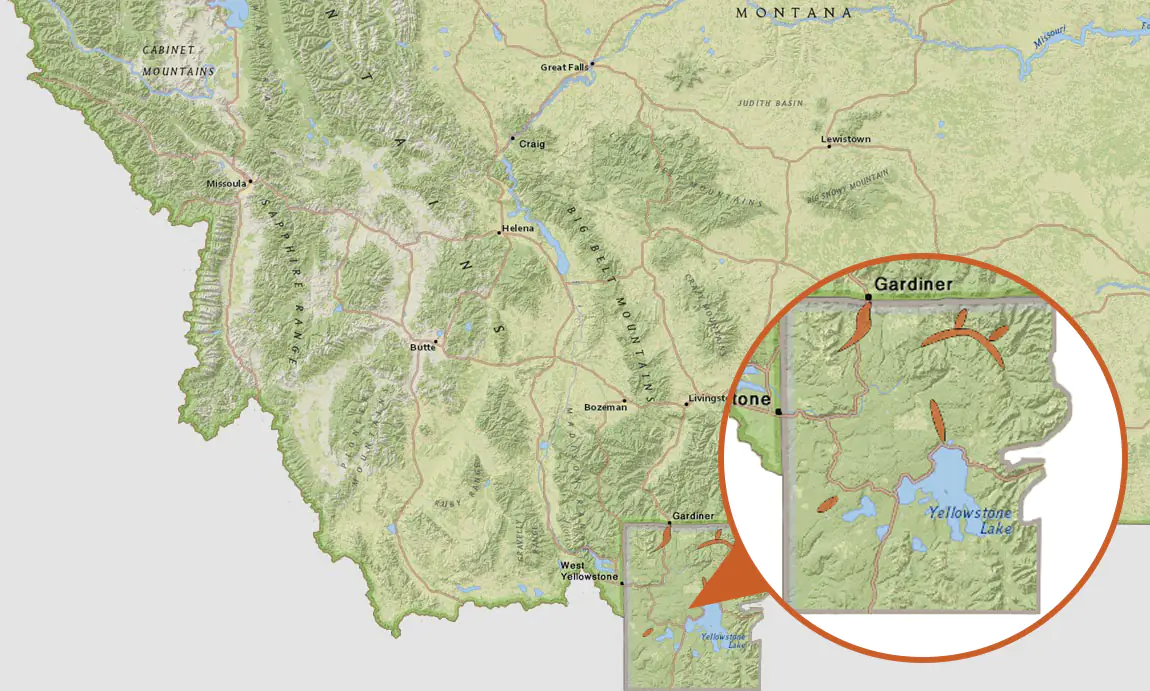This is part of a series about Improving your Casting Accuracy – Part I can be found here.
In this post on casting accuracy, we want to eliminate some obvious errors in technique that we see on a daily basis. If you can fix any of these issues your casting will improve in a single day!
Problem #1 – Breaking your wrist
This is a loop and distance killer. Remember casting the fly line is all about controlling the line in the air. So having good loop control starts with not bending/braking your wrist – especially on the back cast.
Solution – if you just can’t seem to fix this is to stick the butt of your rod in your long sleeved shirt. Try it and you’ll be amazed!
Problem #2 – Bringing the rod back too far on your back cast
Again that’s another loop killer. Many of our fishing guests come from parts of the country where a windy day is 15 mph. Well, welcome to the West where that’s pretty much our normal breeze. Hence the 10 o’clock to 2 o’clock technique taught by many does not work in a stiff wind. I tell all my beginner anglers that if you can’t see your rod hand in your peripheral vision you are going too far back. If you must think of it as a clock face then 9:30 to 12:30 would be a better example.
Solution – have someone stand behind you for a few minutes and physically stop your hand if it goes too far back. You can also watch your cast, stopping your hand before it goes too far back.
Problem #3 – Trying to cast too far
This is where all anglers eventually breakdown. Fortunately, this is easily solved. It’s as simple as moving closer. If you can move closer to a trout do it. Casting 35+ feet for a trout is only for specific scenarios, the closer you can get (without spooking the trout) the better your accuracy will be. To get distance and accuracy is all about having good technique and practicing at it.
Easy Solution – stop casting too far and move closer! Remember a 30 foot cast is only about three times as long as your nine foot rod.
Problem #4 – Not practicing or practicing incorrectly
Solution – As we’ll continue to harp on, practice in your yard, driveway or local park after walking the dog.
Better Solution – Move to Montana where you can fish about 9 months a year. We promise you’ll be an expert caster in just one year.
Problem #5 – arises from the aforementioned ‘solution’ – you get fired from your job, have no money, your girlfriend/wife dumps you, you end up working in a fly shop for pennies and have no time to go fishing.
Solution – just come fishing with us for a few more days a year.


